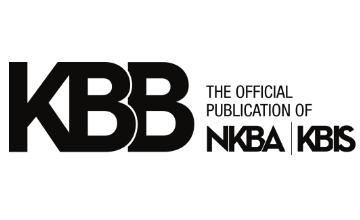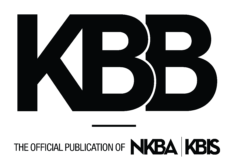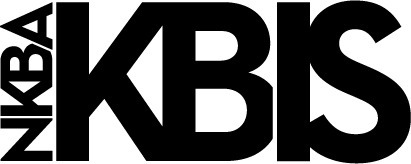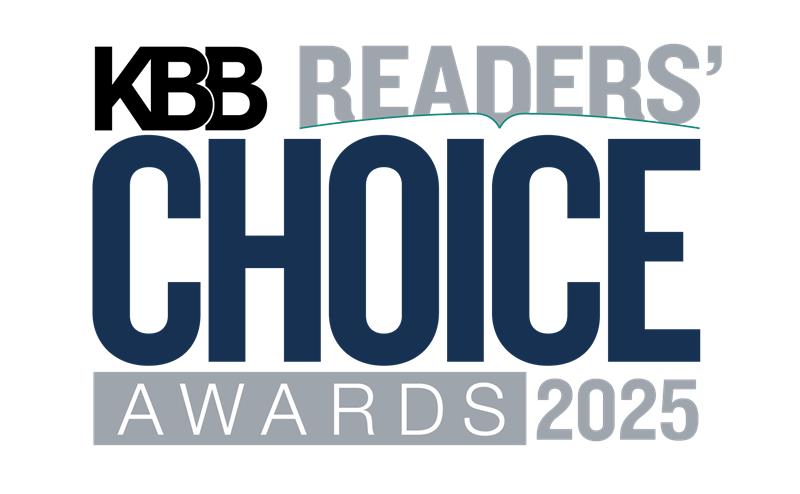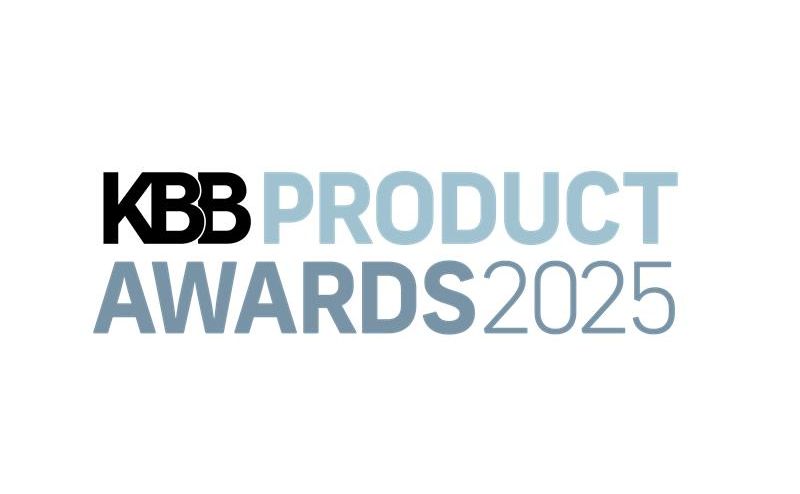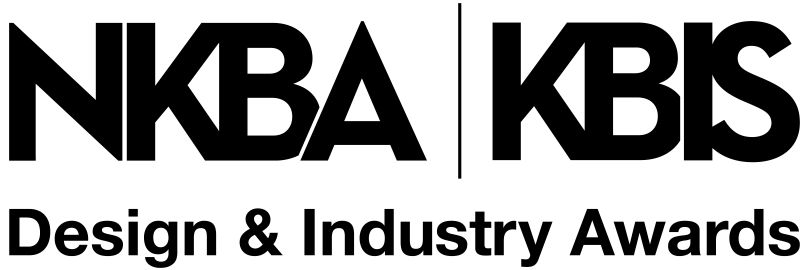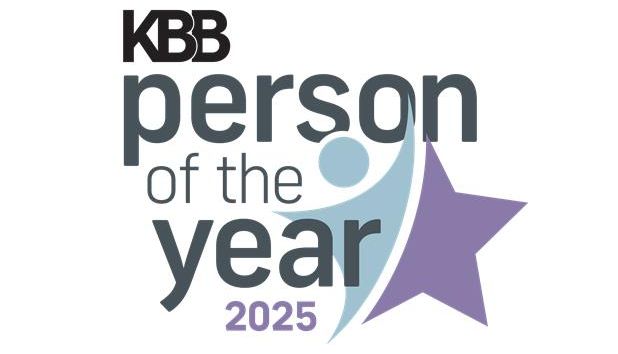As everyday prices continue to rise, many consumers may consider putting renovation projects on hold. According to a March 2025 study by Wells Fargo, 76% of U.S. consumers are cutting back on spending, up from 67% in 2024, reflecting an ongoing trend of financial caution amid rising costs. How can kitchen and bath design businesses and contractors grow in this budget-conscious climate? One key lies in finding ways to stand out with financing strategies to help them to remain resilient and continue to thrive. Following are five financing considerations for kitchen and bath professionals to consider.
5 Financing Considerations for Kitchen & Bath Pros
1. Lay Out a Plan for Cashflow. Even with a steady stream of projects, it’s still possible to face financial strain. This is because revenue doesn’t always align with when expenses occur. With costs like material orders, payroll for employees and subcontractors and project billing cycles, cash flow can easily become tied up in other financial commitments. To better align incoming and outgoing cash flows, consider using forecasting tools, such as QuickBooks or Float, or strategies like short-term financing to help to navigate tighter financial periods without disrupting production.
2. Build-Up Your Closing Rates with Consumer Financing. With increasing costs, more consumers may be on the fence about making a commitment to a bathroom renovation or revitalizing their home’s interior. However, offering them an approachable, budget-friendly option to funding their project might be the key in turning “maybe later” into “when can we start.” This can be accomplished by working with a partner that offers financing services to help ease the burden of program administration.
3. Elevate Sales with Tailored Payment Plans. Implementing a consumer financing program can help professionals to close more sales and increase overall project value. When clients see their design or renovation costs broken down into manageable payments – instead of one intimidating lump cost – it can give them the security to purchase what they really want. Suddenly, materials that once presented as a luxury purchase, such as premium countertops or high-end fixtures, may not seem out of reach. Offering payment plans allows customers the confidence to commit and flexibility to dream bigger.
4. Don’t Get Stuck Behind a Wall of Overdue Payments. Unexpected delays in client payments can create financial strain and cash flow issues in operations. This is where utilizing professional collections can help. In partnering with a collections service, kitchen and bath businesses can recover unpaid balances without heavy administrative costs or disruptions, preserving their bottom lines and allowing them to stay focused on the creative side of their work. This also frees firms from getting bogged down by chasing overdue payments.
5. Offload Some of the Heavy Lifting. For kitchen and bath businesses planning to offer in-house financing, it’s essential to ensure the right tools and systems are in place to manage it effectively. While some businesses opt to manage financing in-house, it can become a time-consuming and complex endeavor. Others choose to outsource these tasks to dedicated financial providers to free up valuable employee time and resources and provide clients with a seamless financing experience.
Becoming Budget Friendly
In a time when consumer spending is tightening, design businesses have an opportunity to stand out by offering flexible solutions that align with client budgets. With financial strategies, such as offering flexible payment plans, utilizing installment loan servicing and partnering with professionals for collections, kitchen and bath professionals can help ensure their businesses remain financially resilient. A well-planned financial strategy can position your business to be more resilient and responsive to client needs.
—Eric Daugherty is director of business development at Monterey Financial Services
